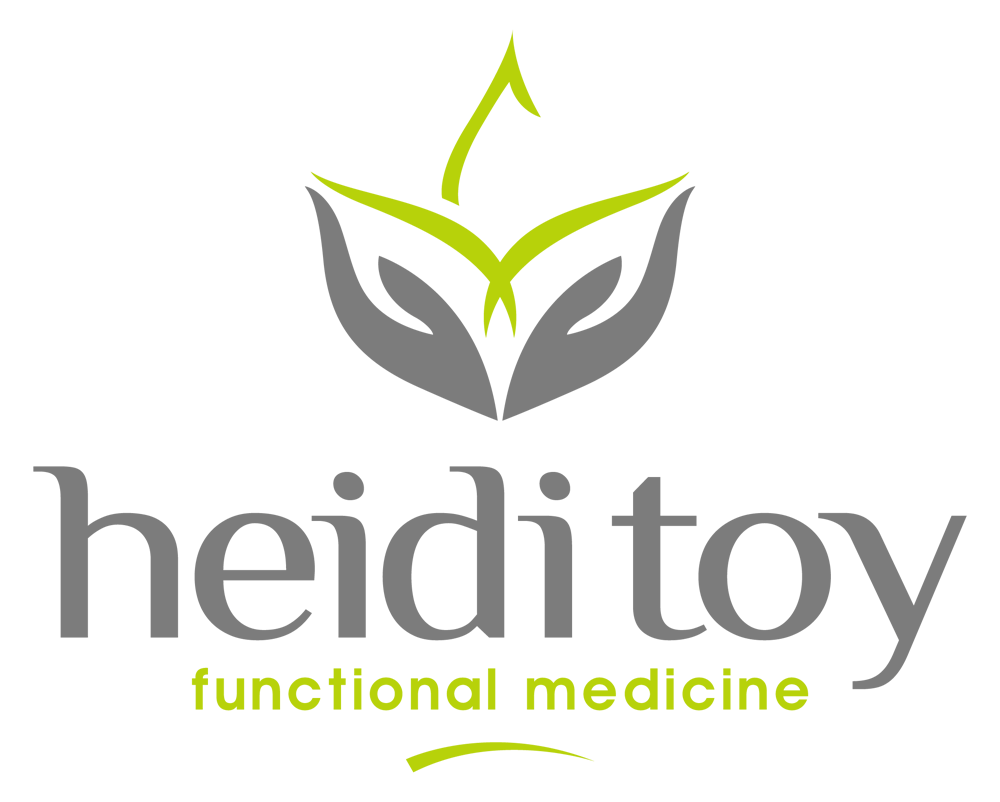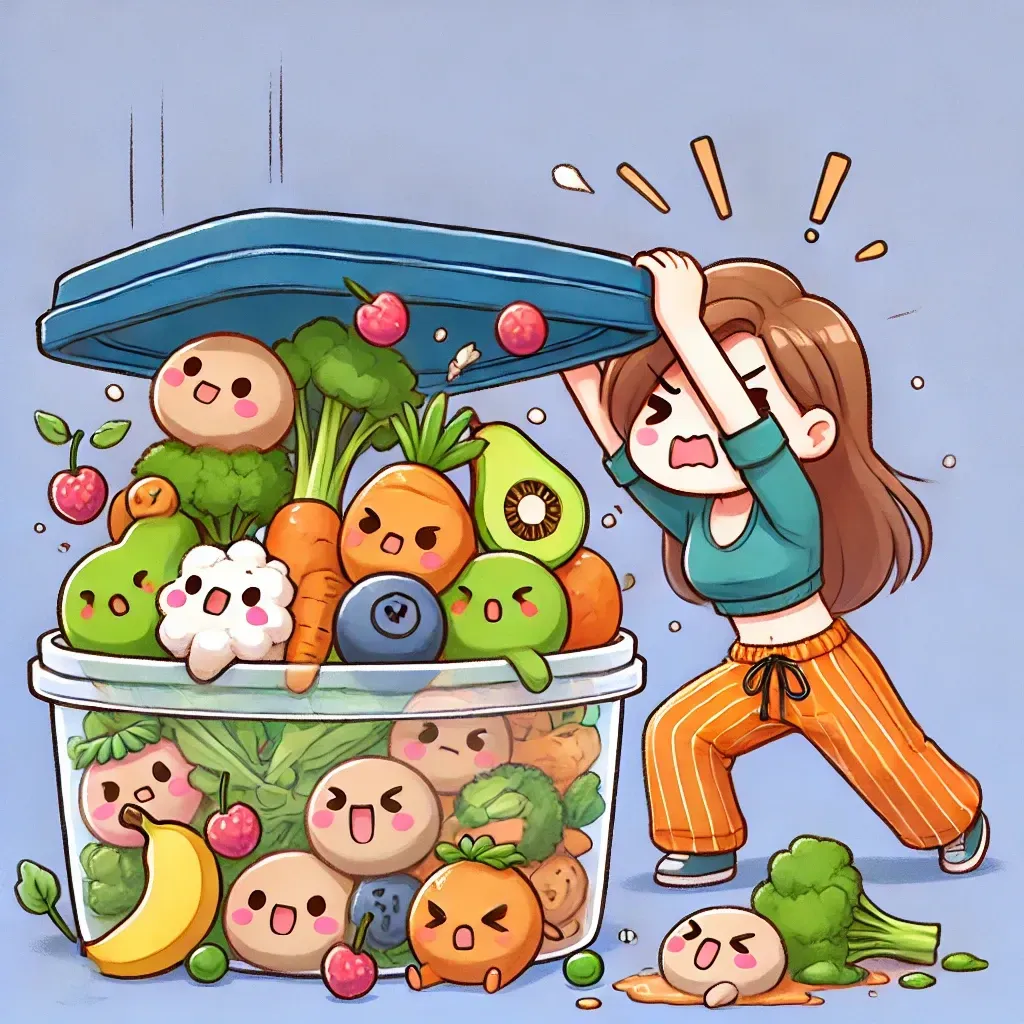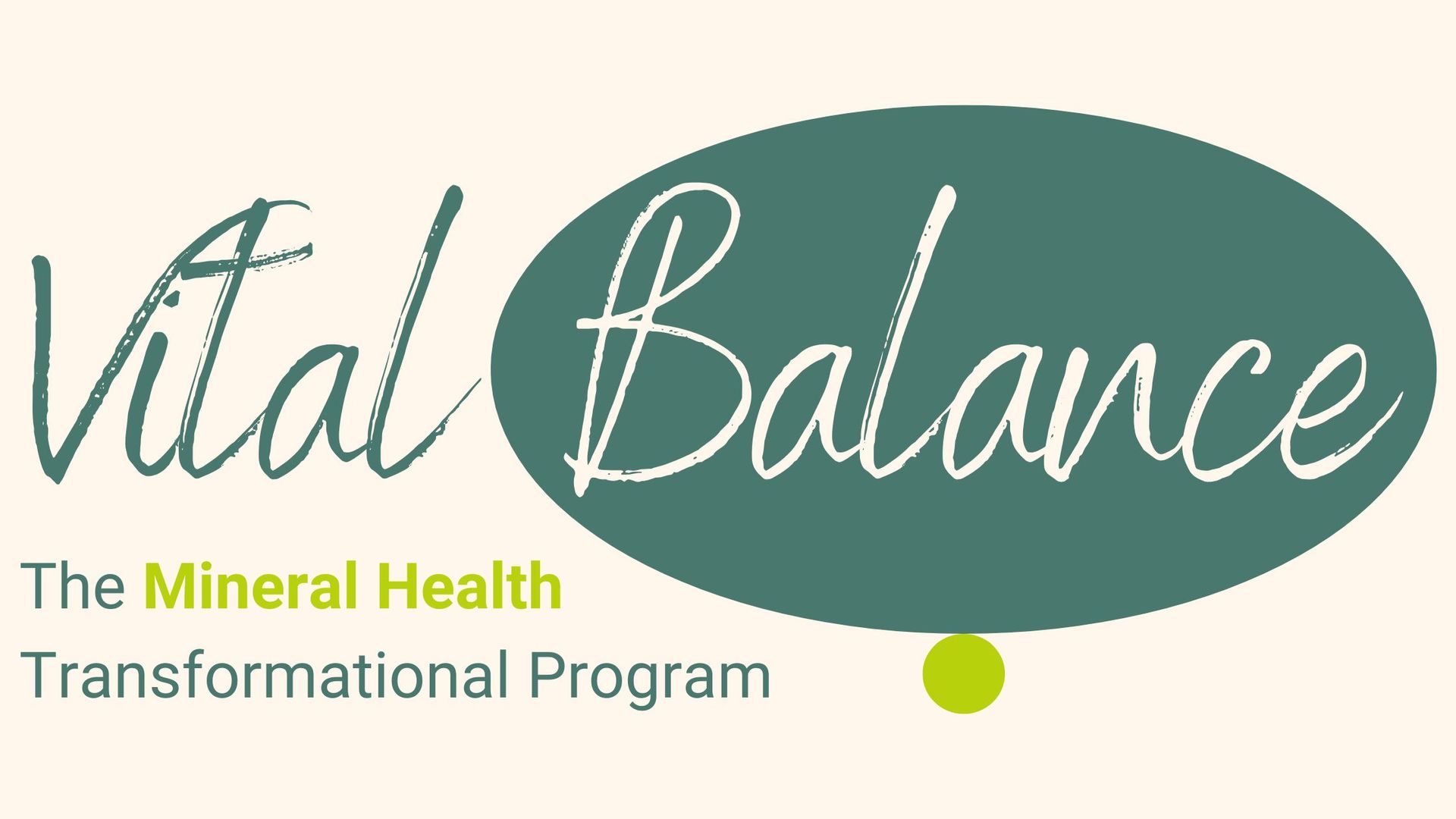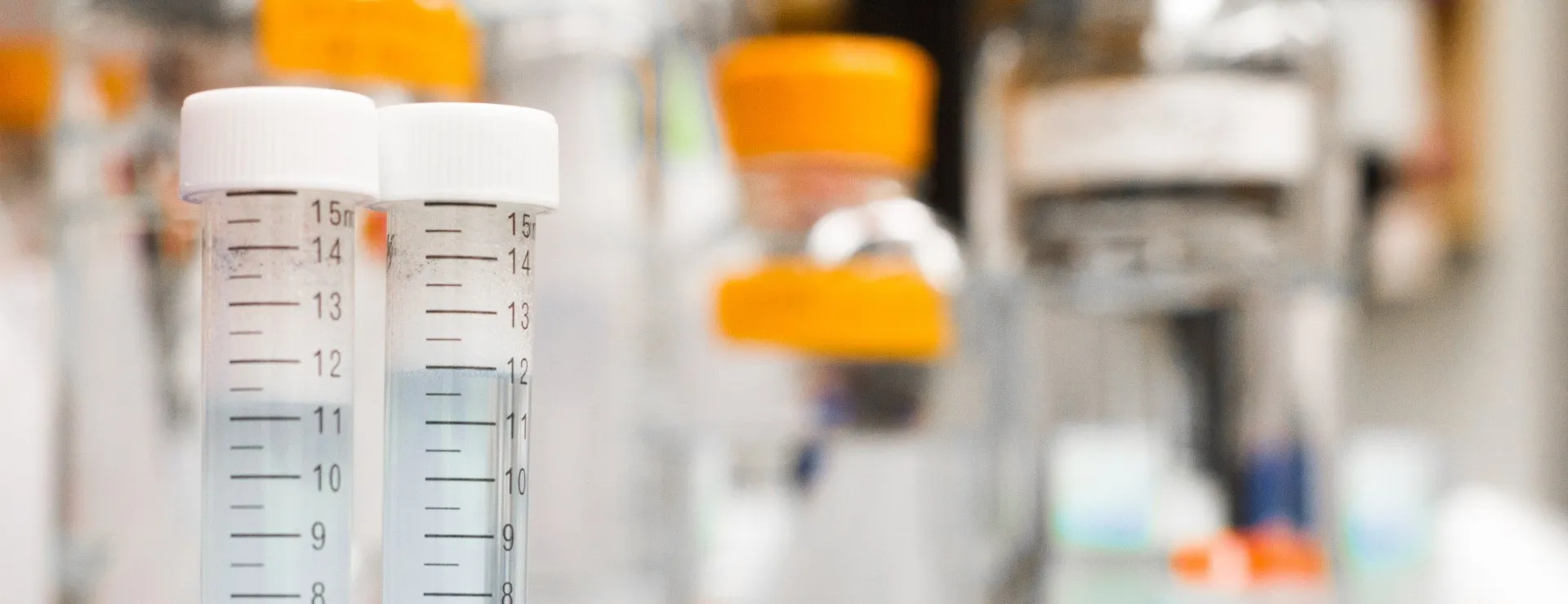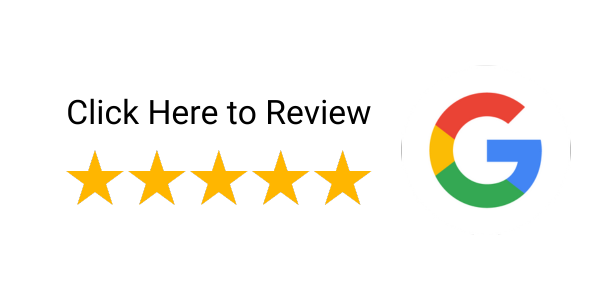You do need to stop eating potato chips and ice cream on the regular.
You have to stop drinking pop.
You have to care what you put in and on your body.
If you’re more of an eat-out or junk food kind of person, this is going to be a challenge for you. Get thee to a grocery store, stat!
Grocery shopping rule of thumb: shop the perimeter and stay out of the center aisles.
1. Protein
GOOD: Go to the dairy section and get the highest quality eggs available or better yet, find a farmer who raises free range chickens. Eggs are an excellent source of protein and, even at $4 or $5 per dozen, are one of the least expensive ways to add protein to your diet.
BETTER: Buy the highest quality of the protein you eat the most. Next add beef, lamb, goat, wild game, fish and eggs, and then chicken and pork. Choose the leanest cuts, or trim the fat from the cuts you buy as toxins are stored in fat tissue.
BEST: Look for labels reading “grass fed and finished,” 100% grass fed, pastured, organic, and wild caught seafood (remember to avoid shrimp, tilapia, and farm raised salmon altogether). Also, organ meats, even organic or pastured, are often inexpensive because the demand is fairly low. If you can only afford a certain amount of grass fed or pastured meats, purchase those in the fatty cuts since the fat will be cleaner.
AVOID: Commercially raised bacon, sausage and deli meats. A few brands that are widely available and acceptable are Applegate and Plainville Organic.
BUY LOCAL: Find a local farmer and compare prices—it may be cheaper to purchase from the farmer than from the grocery market. Some great online resources for finding proteins include:
- eatwild.com
- localharvest.org
- eatwellguide.org
2. Produce
GOOD: Fruits—eat them, but sparingly. Frozen fruits are flash frozen at their peak and will be the most nutrient dense and generally less expensive. Plus you don’t have to worry about waste.
BETTER: Vegetables and more vegetables. Leafy greens are a great source of vitamins C, E and K and many B vitamins and minerals too. Buy frozen veggies because they have more nutrients than produce that is sitting in the store waiting to be purchased. You can also stock up on staple veggies and freeze them yourself.
BEST: Purchase produce based on the Environmental Working Group's list of Dirty Dozen and Clean Fifteen. Vegetables and fruits contain essential nutrients, vitamins and minerals. The fiber in them is so very important for regulating hunger hormones and helping feed the good bacteria in the gut. If purchasing from this list is too cost prohibitive, stick to high quality meats first and foremost and just start eating more veggies.
BUY LOCAL: Fruits and veggies should be purchased locally and in season if possible as produce picked at its peak has more nutrients than produce picked a month before it has ripened. Some great resources for buying local produce include:
- Farmers market -- you can purchase fresh picked vegetables for about the same or less than in the grocery store.
- CSA (Community Supported Agriculture) -- produce will be delivered throughout the growing season. This is often the most affordable way to get food for your family.
- Bulk buy through groups such as local food cooperatives – a large amount of an item is purchased and consumers share the cost.
3. Fats
GOOD: Healthy fats are important for your cellular structure. Some of the best sources of fat are also the cheapest. Canned coconut milk is around $2 per can and gives you around 70 grams of fat per can!
BETTER: Stock up on coconut oil and olive oil when you find it on sale or when your budget allows for these things. Organic and pastured butter or ghee are also great fats to consume but are a bit pricey, but a little goes a long way.
BEST: Nuts are a good source of fat and are super easy to rely on for a quick snack of quality fats. However, they are not meant to be consumed in large quantities, so stick with two tablespoons or a small handful per day. Go for raw (soak and sprout them, then dehydrate them) or dry roasted nuts.
You might be a little shocked at your grocery bill the first few times you shop, but in the long run, it’s worth it. If you can fill your cart with items from these three essential categories, you will be off to a great start for eating healthier and feeling better.
Feel like you need more help? Cutting sugar out of your diet is a vital step towards better health, but often it's hard to know what sugar is in since it hides behind so many ingredient names. Check out my FREE
4 Types of Sugar Guide
to help you learn where sugar lurks and be equipped to choose foods that don't contain sugar.







